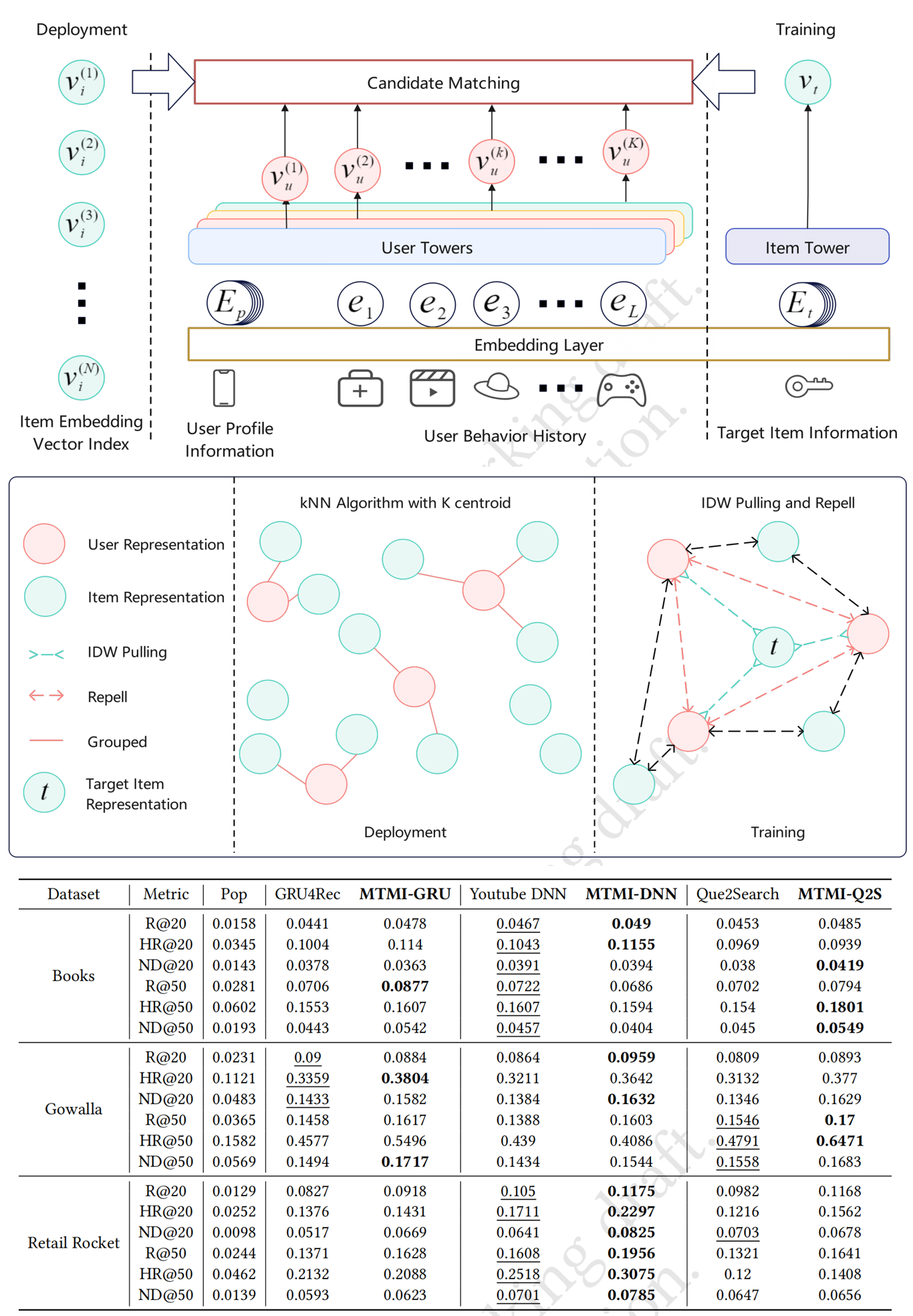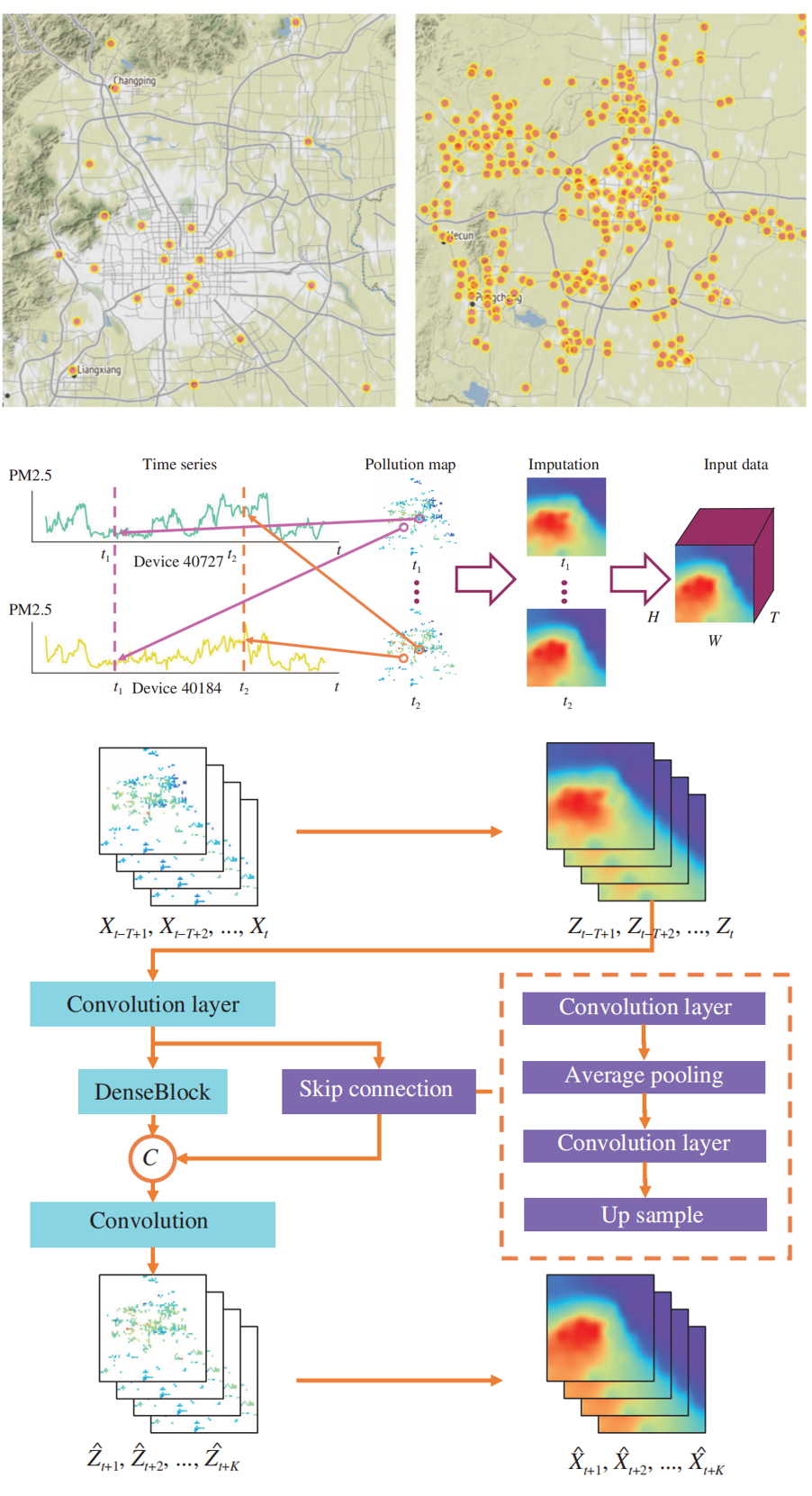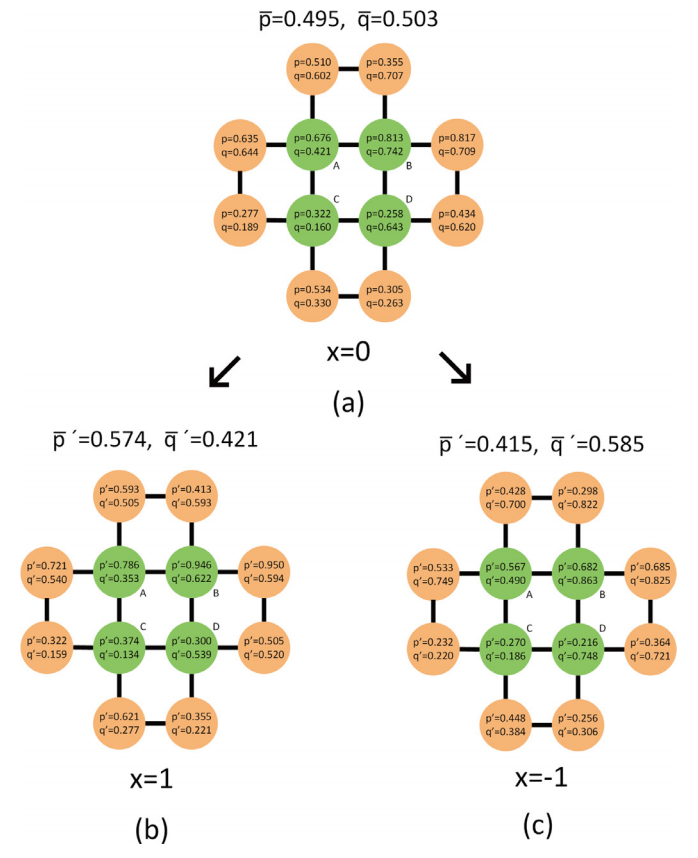About
Field of Interest
My research interests encompass a diverse range of areas within computer science, with a primary focus on Machine Learning Theory. I am deeply committed to advancing the theoretical foundations of machine learning models, seeking to refine algorithms and push the boundaries of our understanding in this dynamic field. Additionally, I have explored Vector-Based Neural Information Retrieval, delving into the intricacies of information retrieval and representation learning. My work in Computer Vision has allowed me to harness the power of visual data, while my burgeoning interest in Brain-Computer Interface is driven by the profound potential to bridge the gap between human cognition and technology. These interdisciplinary interests underscore my dedication to contributing to cutting-edge research and innovation in the world of artificial intelligence.
Machine Learning Theory
My previous research endeavors have provided me with unique insights into the intricacies of the asynchronous and parallel update of Deep Neural Networks.
Vector Based Neural Information Retrieval
My work at Huawei further honed my expertise in vector recall, with a particular focus on multi-interest recall and long sequence recall, areas that are highly relevant in the development of advanced BCI systems.
Computer Vision
I also have a strong background in computer vision. I have been involved in projects such as cloud image segmentation and 3D reconstruction, where I applied computer vision techniques to real-world problems, demonstrating my ability to adapt and innovate in diverse research domains.
Multimodal Integration
My journey in multimodal information processing began with text-guided image cropping, bridging the gap between language and vision. I delved deeper into 3D scene understanding through projects like Gaussian splatting, building immersive 3d world models. Now, I'm fascinated by multimodal recommendation systems, harnessing the power of diverse data to personalize user interactions.
MTMI
Multi-Tower Multi-Interest Recommendation with User Representation Repel
The 47th International ACM SIGIR Conference on Research and Development in Information Retrieval
In the era of information overload, the value of recommender systems has been profoundly recognized in academia and industry alike. Multi-interest sequential recommendation, in particular, is a subfield that has been receiving increasing attention in recent years. By generating multiple user representations, multi-interest learning models demonstrate superior expressiveness than single user representation models, both theoretically and empirically. Despite major advancements in the field, three major issues continue to plague the performance and adoptability of multi-interest learning methods, the difference between training and deployment objectives, the inability to access item information, and the difficulty of industrial adoption due to its single-tower architecture. We address these challenges by proposing a novel multi-tower multi-interest framework with user representation repel. Experimental results across multiple large-scale industrial datasets proved the effectiveness and generalizability of our proposed framework.
Read Paper
APCNN
Large‑scale air pollution prediction with deep convolutional networks.
Science China Information Science
Although considerable success has been achieved in urban air quality prediction (AQP) with machine learning techniques, accurate and long-term prediction is still challenging. One of the key issues for existing AQP approaches is that air quality monitoring stations are sparsely distributed, typically with around ten monitoring stations per city. As air quality may change abruptly in a local area, it is difficult to perform AQP accurately in areas that are far away from observation points. In addition, due to the large distance between every two monitoring stations, we cannot effectively leverage spatial relations among them to improve the AQP accuracy. In this paper, thanks to the development of low-cost air quality sensors, we are now able to collect a large-scale air quality dataset with 393 deployed air quality monitoring stations in a 120 km × 70 km region, which is more than ten times denser than existing AQP datasets. Further, we present a novel method to handle the data effectively. Specifically, we first convert the observed data from irregularly distributed monitoring stations into a regular image-like pollution map, which can then be processed with advanced deep convolutional networks. The experimental results show that the proposed approach can simultaneously model the temporal and spatial relations in our large-scale densely-observed dataset, leading to significantly improved AQP results
Read Paper
Fairness
The effect of similarity on the evolution of fairness in the ultimatum game
Chaos, Solitons and Fractals
The ultimatum game (UG) is a useful game model for investigating the evolution of fairness. In this paper, considering the similarity between individuals, we introduce a similarity parameter into the spatial UG and focus on the evolution of the average offer and acceptance threshold. Under this mechanism, individuals can be either more generous or stingier to those who they are similar to. The simulation result shows that the fairness of the system decreases when the strategy is affected by the similarity between players. The greater the influence of similarity, the more fairness is decreased. Equal treatment, hence, is the best way to obtain fairness. Our results may provide some critical insights into the effect of similarity and favoritism on fairness among people.
Read Paper
